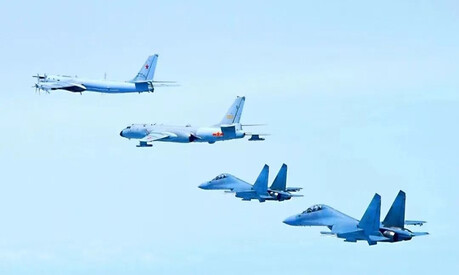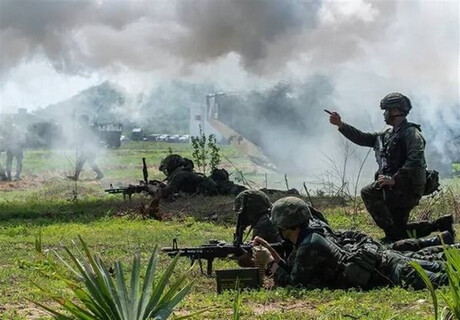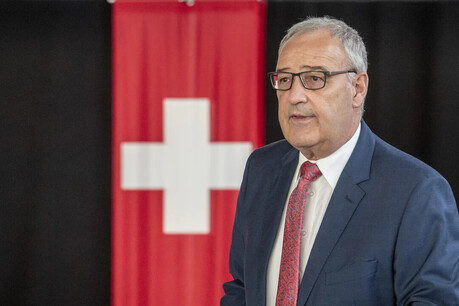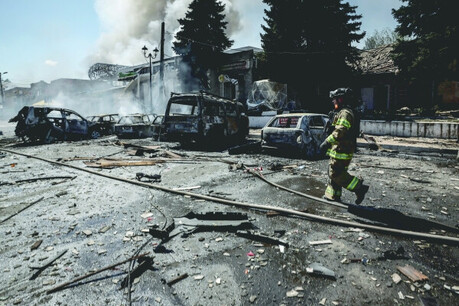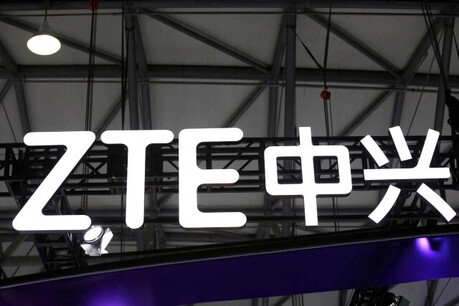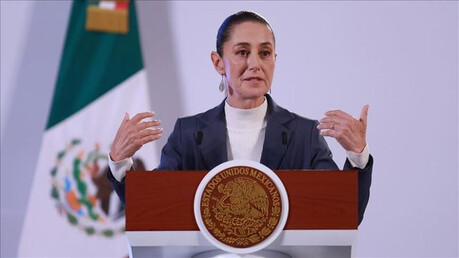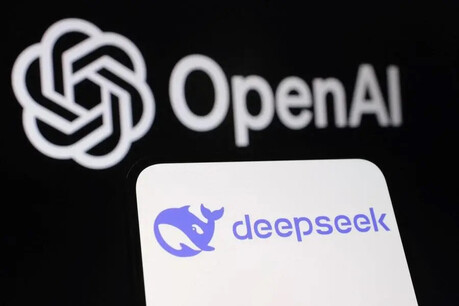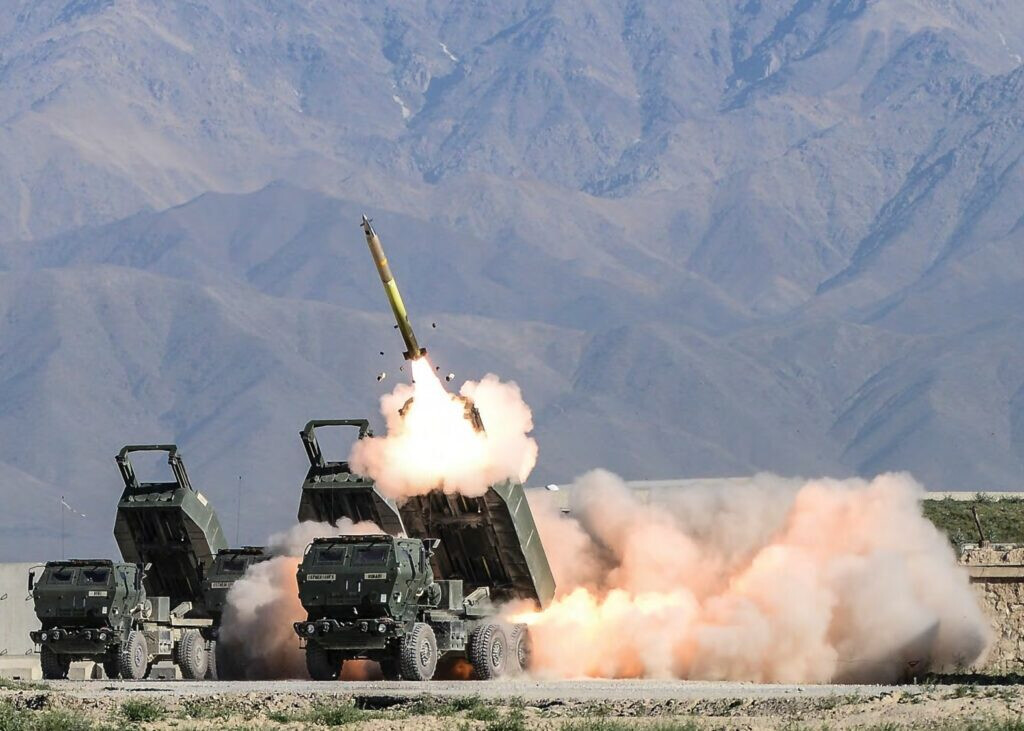
Taiwan has accelerated its defense capabilities by conducting its first live-fire test of the U.S.-supplied M142 High Mobility Artillery Rocket System (HIMARS). Taiwan's Ministry of National Defense announced on May 12th that the live firing of the HIMARS during the exercise was successful.
Taiwan received the first batch of 29 HIMARS launchers from the United States in November of last year. Since then, Taiwanese soldiers have been undergoing training to operate this advanced rocket system. It has been reported that the U.S. military has been supporting military training for Taiwanese forces since 2021.
China has strongly opposed the increasing military cooperation between Taiwan and the United States. Beijing considers Taiwan a "separated province" and has consistently expressed concerns over the growing military exchanges between the two.
Meanwhile, Taiwan's Ministry of National Defense also reported detecting movements by the Chinese military on the same day. Thirty-six Chinese military aircraft, eight naval vessels, and two coast guard ships were detected around Taiwan. Among the 36 military aircraft, 17 crossed the median line and entered Taiwan's air defense identification zone (ADIZ). China does not recognize either the median line of the Taiwan Strait or Taiwan's ADIZ.
In-depth Analysis: Taiwan's HIMARS Test-Firing and Security Environment
Taiwan's live-fire test of the HIMARS is expected to have complex implications for the regional security environment. Firstly, it can be seen as a significant step in strengthening Taiwan's self-defense capabilities. HIMARS is a powerful weapon system with high mobility and accuracy, capable of precisely striking key enemy targets. In particular, in the scenario of a Chinese invasion of Taiwan, HIMARS could be used as an effective means of deterring landing forces.
HIMARS utilizes GPS-guided Multiple Launch Rocket System (GMLRS) rockets with a range of over 70 kilometers and can reach up to 300 kilometers when employing Army Tactical Missile Systems (ATACMS). This means Taiwan could potentially bring parts of mainland China within its striking range in the event of a conflict, which could pose a considerable military pressure on Beijing.
This test-firing can be interpreted as a strong demonstration of Taiwan's determination, with U.S. support, to modernize its defense capabilities and effectively respond to China's military threats. Given the increasing level of military pressure from China in recent years, Taiwan's move can be seen as a resolute stance to protect its own security.
However, at the same time, Taiwan's acquisition and live-fire testing of HIMARS is highly likely to provoke a strong reaction from China. Beijing regards Taiwan as a core interest and has been extremely sensitive to external interference and the strengthening of Taiwan's military. Therefore, there are concerns that China may further intensify its military and diplomatic pressure on Taiwan following this test-firing.
Indeed, the intrusion of Chinese military aircraft into Taiwan's ADIZ and the appearance of naval vessels, as reported by Taiwan's Ministry of National Defense, support these concerns. China regularly conducts military exercises around Taiwan and engages in displays of force, and it cannot be ruled out that they may escalate these actions under the pretext of the HIMARS test-firing.
Experts analyze that while strengthening defense capabilities like the introduction of HIMARS by Taiwan may increase regional tensions in the short term, it could have the effect of deterring China's potential military invasion in the long term. A strong defense capability increases the risk for China in launching an invasion, potentially leading them to seek peaceful solutions rather than military options.
Meanwhile, the strengthening of military cooperation between Taiwan and the United States is another sensitive issue for China. While adhering to the "One China" policy, the United States supports Taiwan's right to self-defense, providing necessary defensive weapons and supporting military training. This U.S. policy is considered interference in its internal affairs by China and acts as a major point of contention in U.S.-China relations.
It is important to note that this HIMARS test-firing took place within the context of escalating strategic competition between the U.S. and China. The United States is focused on checking China's growing influence in the Indo-Pacific region and building a security network by strengthening cooperation with its allies. Military support for Taiwan can be seen as a crucial part of this strategy.
In conclusion, Taiwan's HIMARS live-fire test is part of its efforts to strengthen its defense capabilities and secure deterrence against China's threats. However, it also carries the potential to escalate regional security tensions by provoking a strong reaction from Beijing. The future course of China's response and changes in U.S.-China relations will be critical variables for the stability of the Taiwan Strait. The international community will need to continue diplomatic efforts to ease tensions in the Taiwan Strait.
[Copyright (c) Global Economic Times. All Rights Reserved.]

















